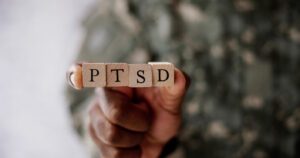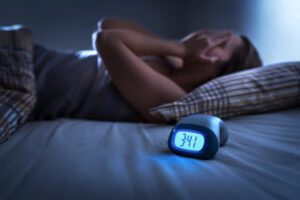
While all VA compensation claims for posttraumatic stress disorder (PTSD) must meet the three basic requirements for service connection in section 1154(b), there are some special variations that apply to these cases. In the case of Pentecost v. Principi, the Court of Appeals for Veterans Claims established that a service connection for PTSD requires:
- A current PTSD diagnosis.
- Credible supporting evidence that shows that the claimed in-service stressor actually occurred.
- Medical evidence that shows a casual connection between the current set of symptoms and the claimed in-service stressor.
Call or text (800) 562-9830 or complete a Free Case Evaluation form
As with any other illness or injury being claimed by a combat veteran, proving a claim of PTSD requires much less evidence than it would with a non-combat veteran. In most cases, the combat veteran’s lay testimony will be all that is needed to establish that an in-service stressor actually occurred.
Rule Changes Made Service Connection Easier for PTSD Sufferers
For a free legal consultation, call (800) 562-9830
With the issue of posttraumatic stress disorder coming to the forefront in recent years, it was decided that both combat and non-combat veterans should be given an easier path to establishing the occurrence of their in-service PTSD stressors. In 2008, there was an amendment made to reflect this. This amendment now allows veterans to prove an in-service occurrence of PTSD with lay evidence alone.
However, any disability lawyer should note that this rule only applies to those veterans who were actually diagnosed with PTSD while they were still in service. But if their PTSD didn’t appear until after service, the normal service connection rules for VA compensation claims apply.
Marc Whitehead is an accredited Texas disability lawyer. Visit disabilitydenials.com to learn more.





